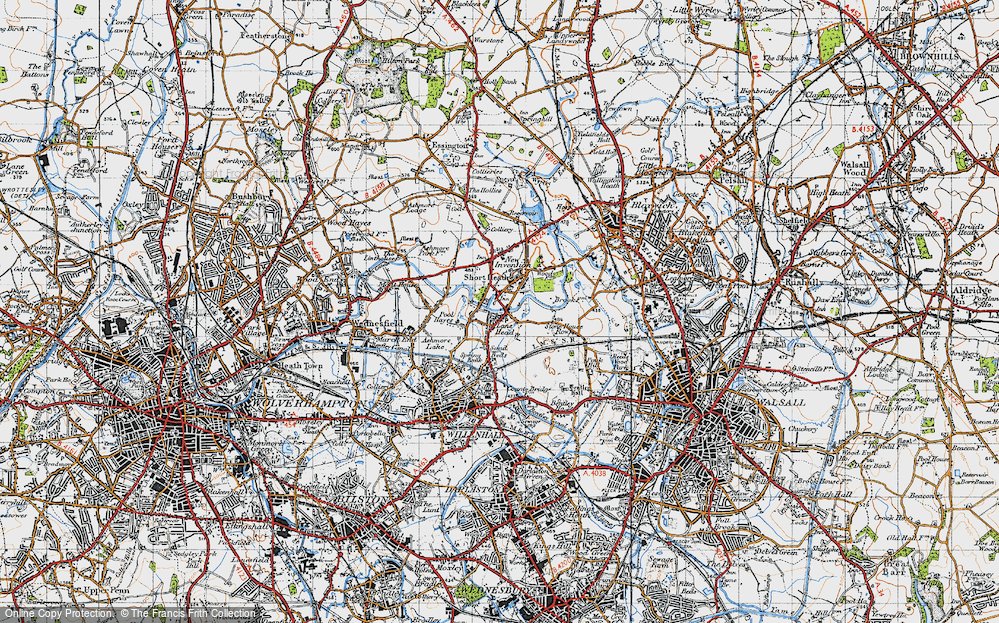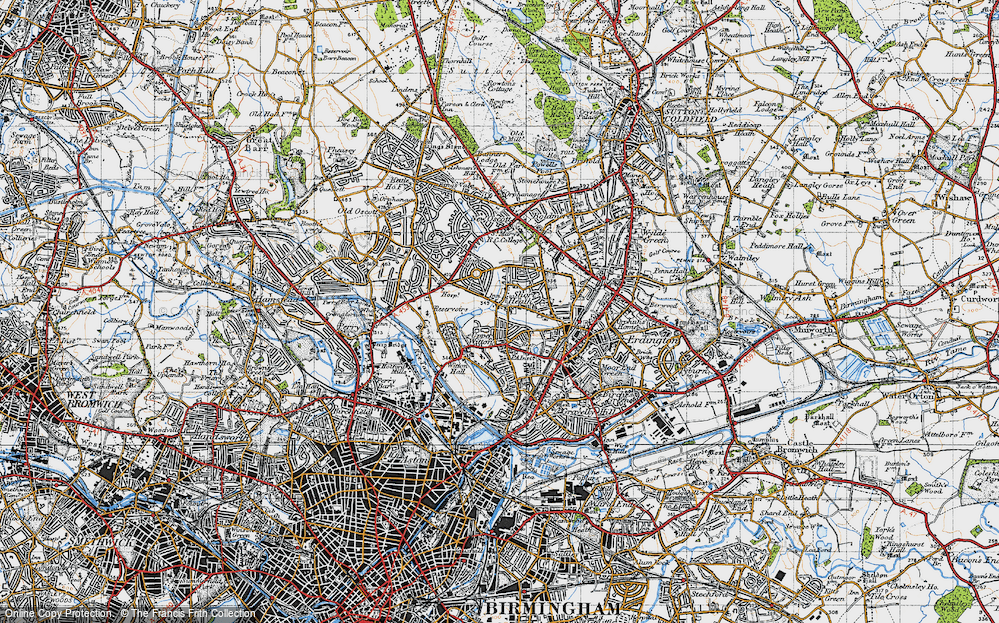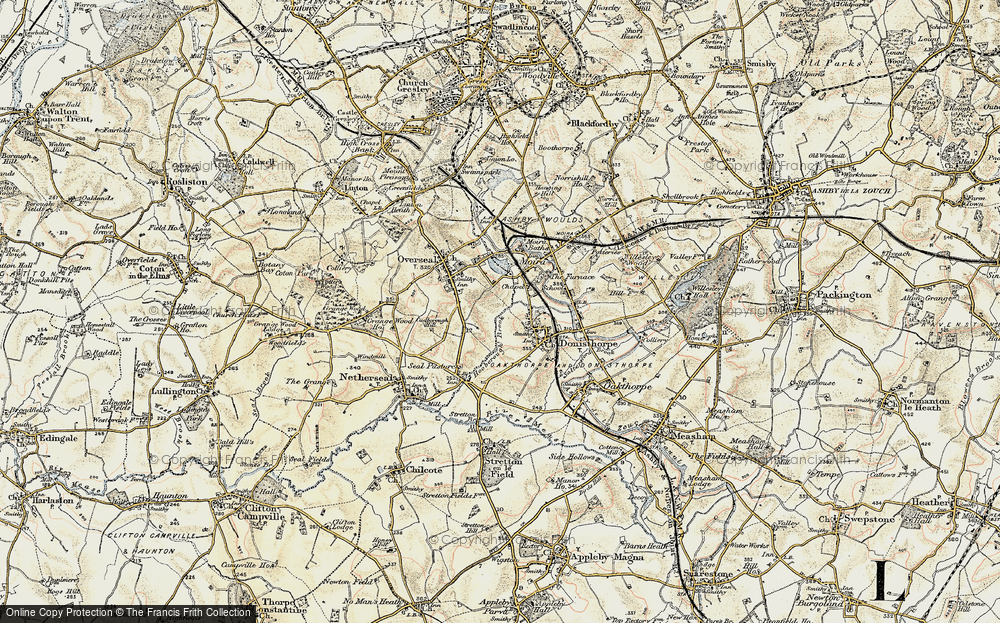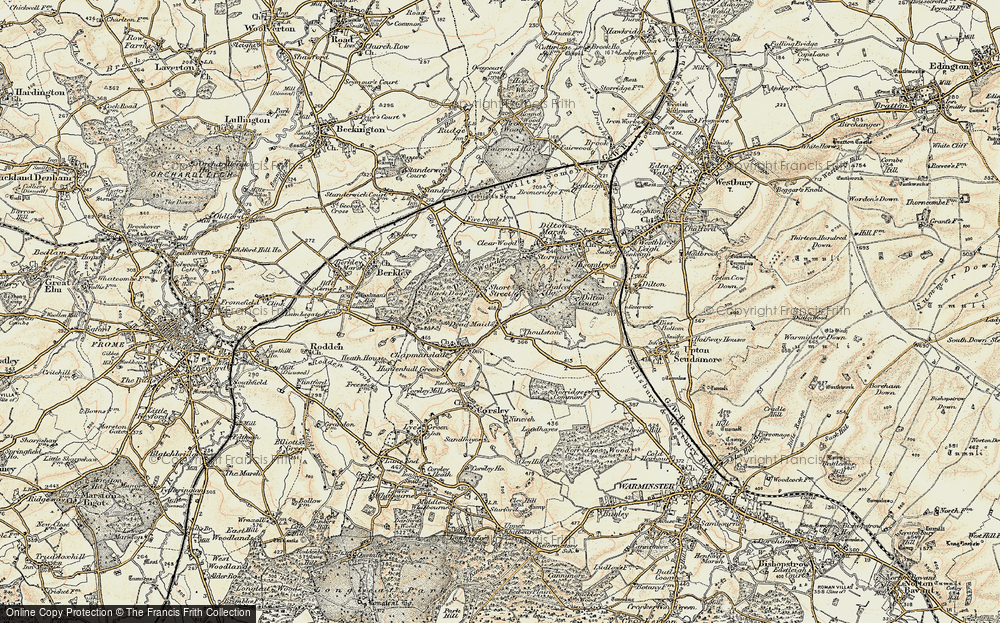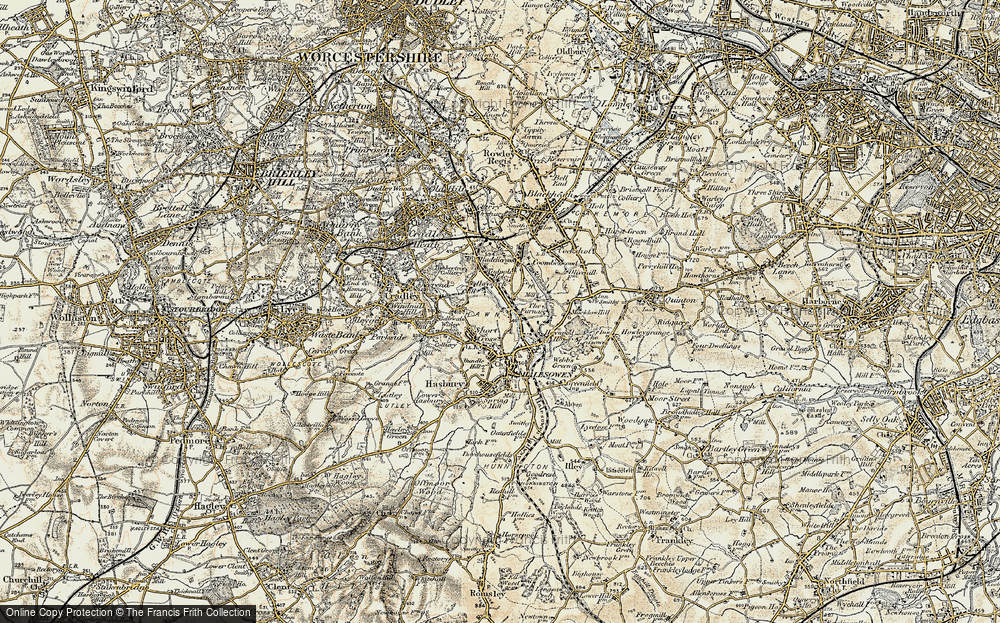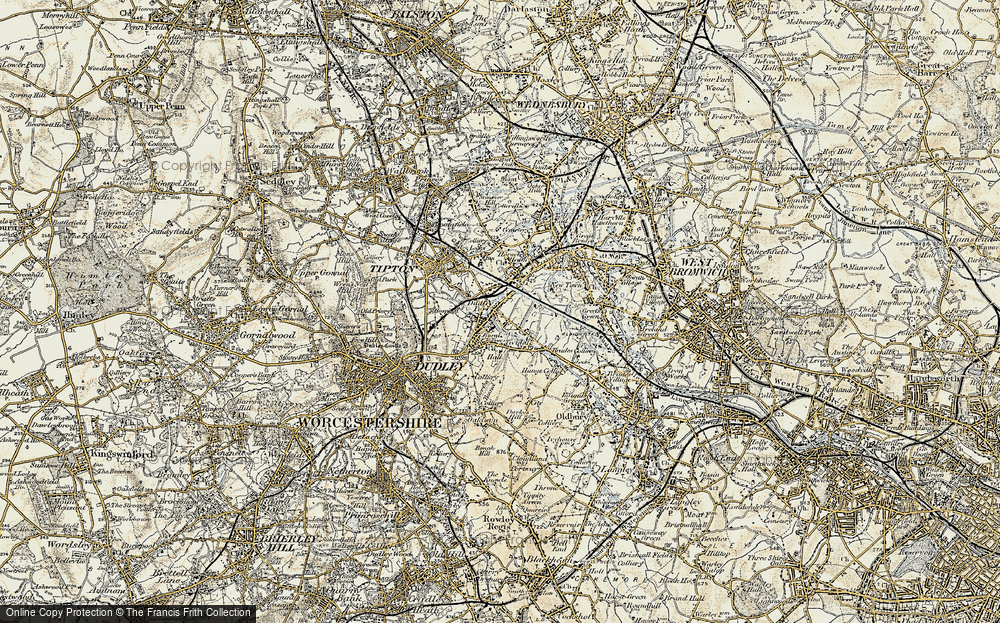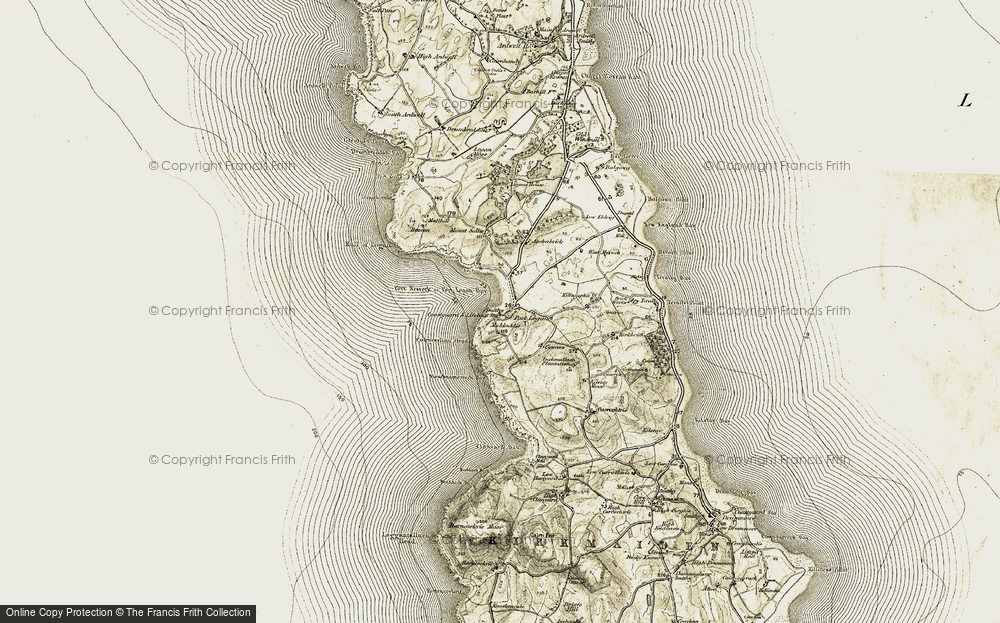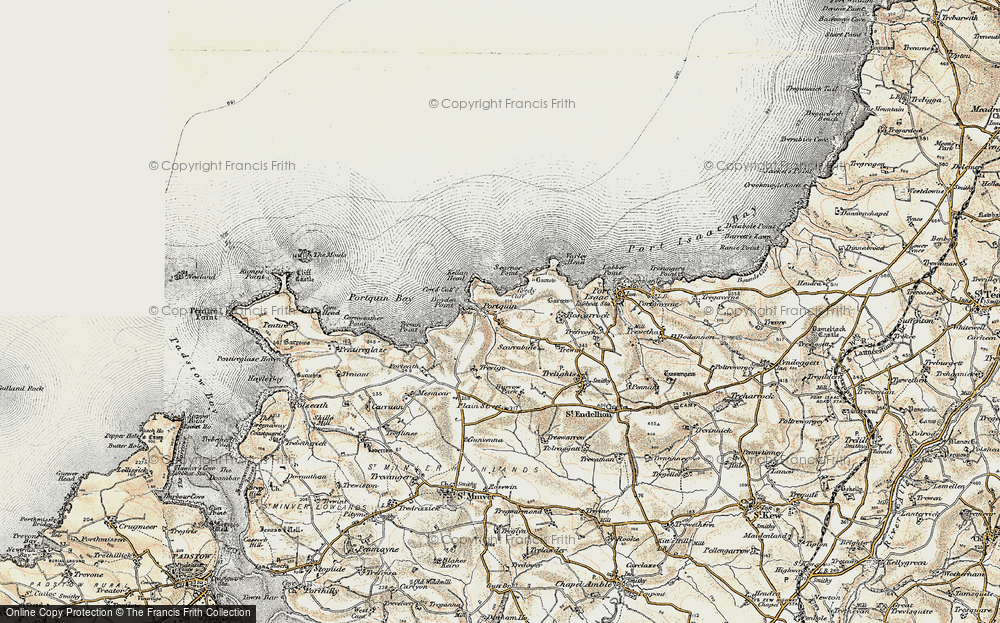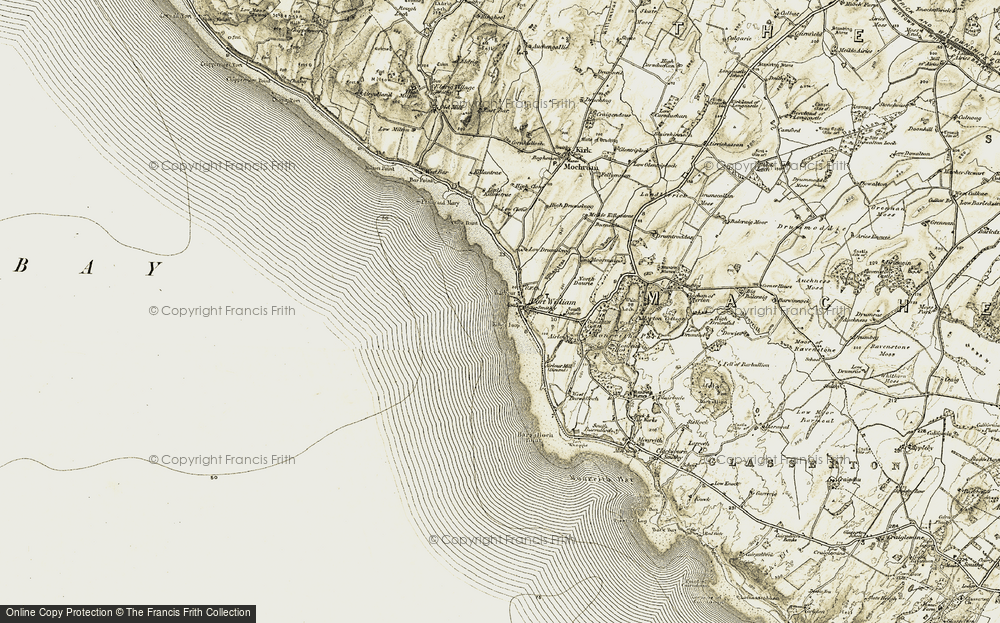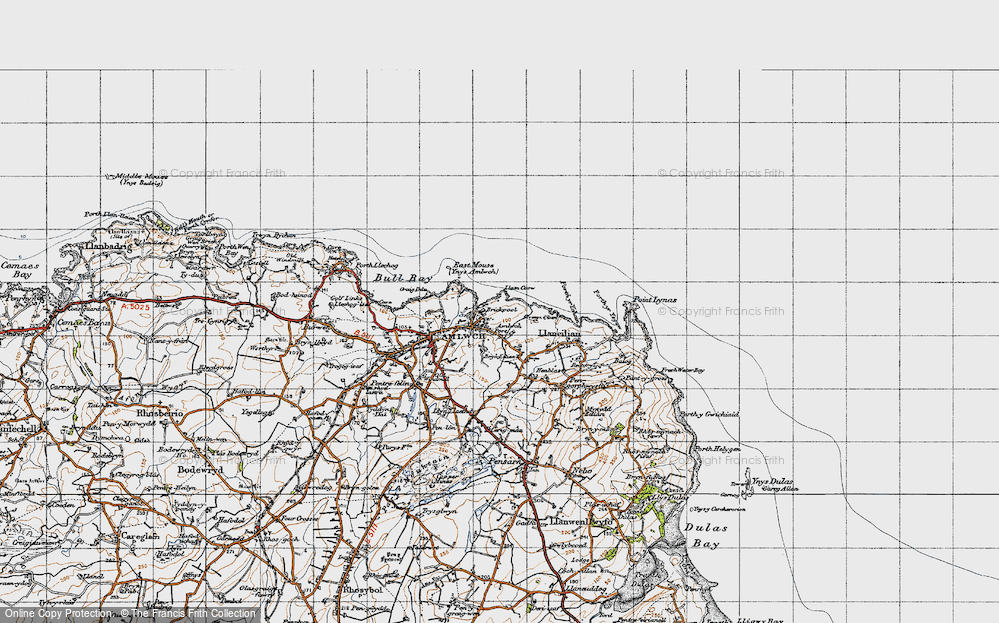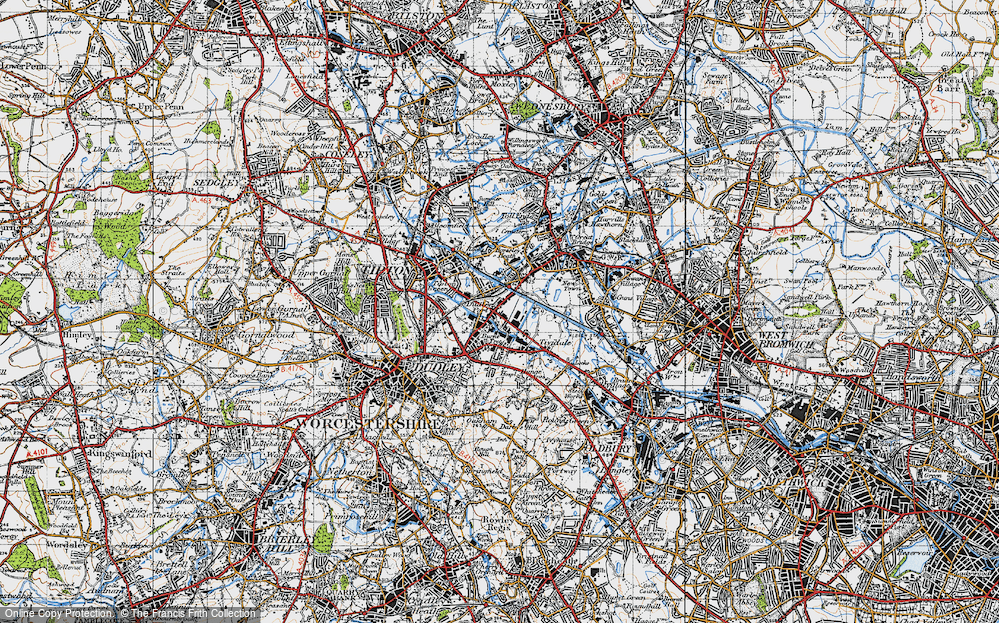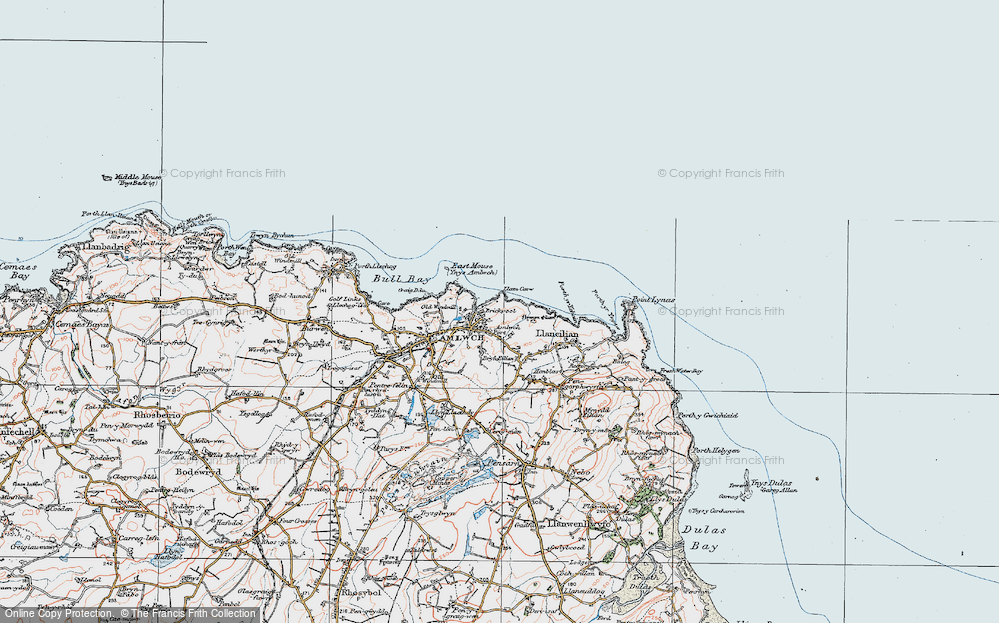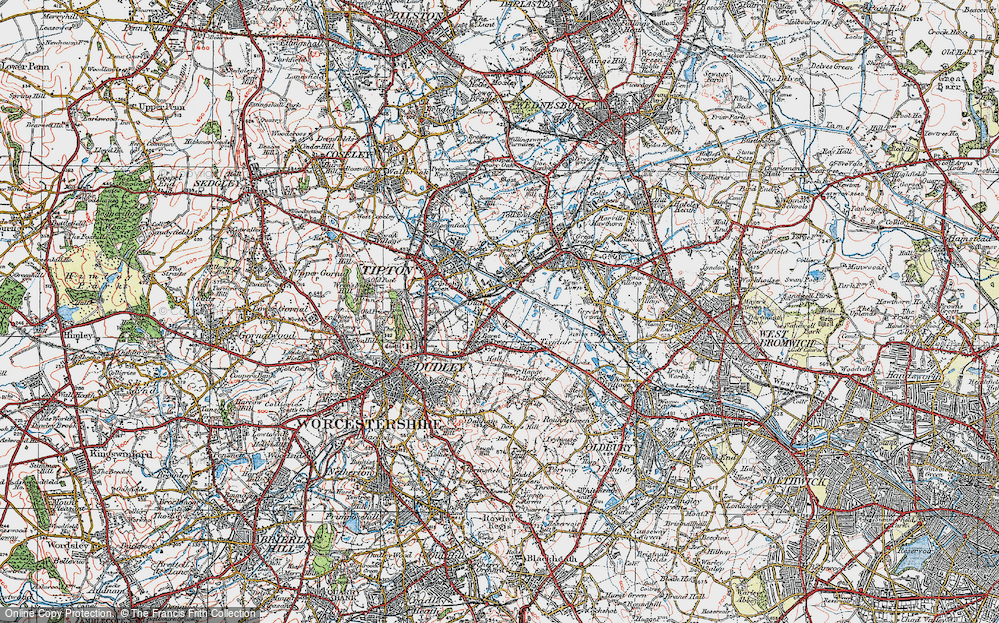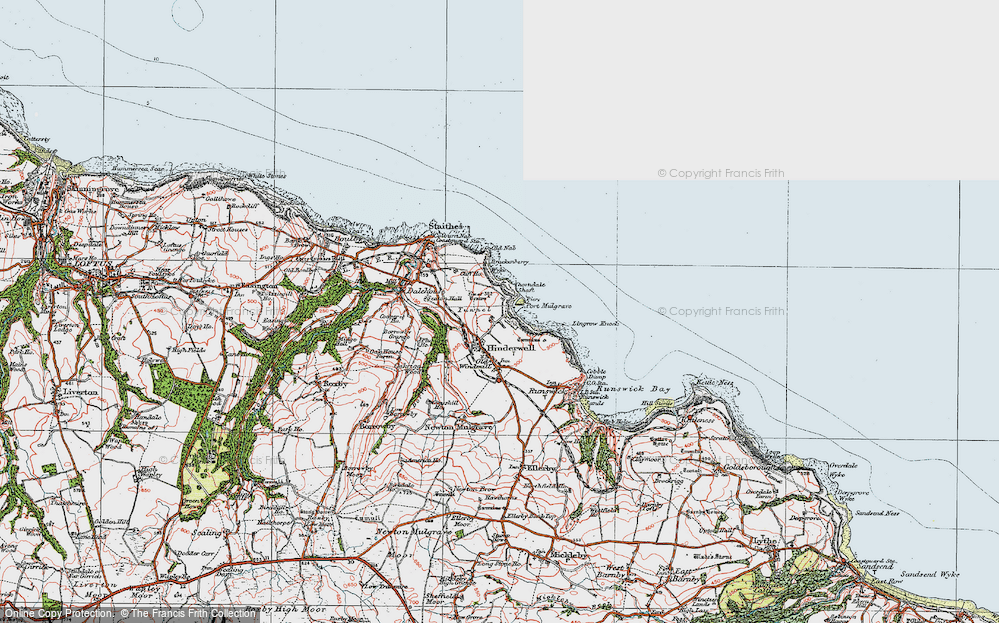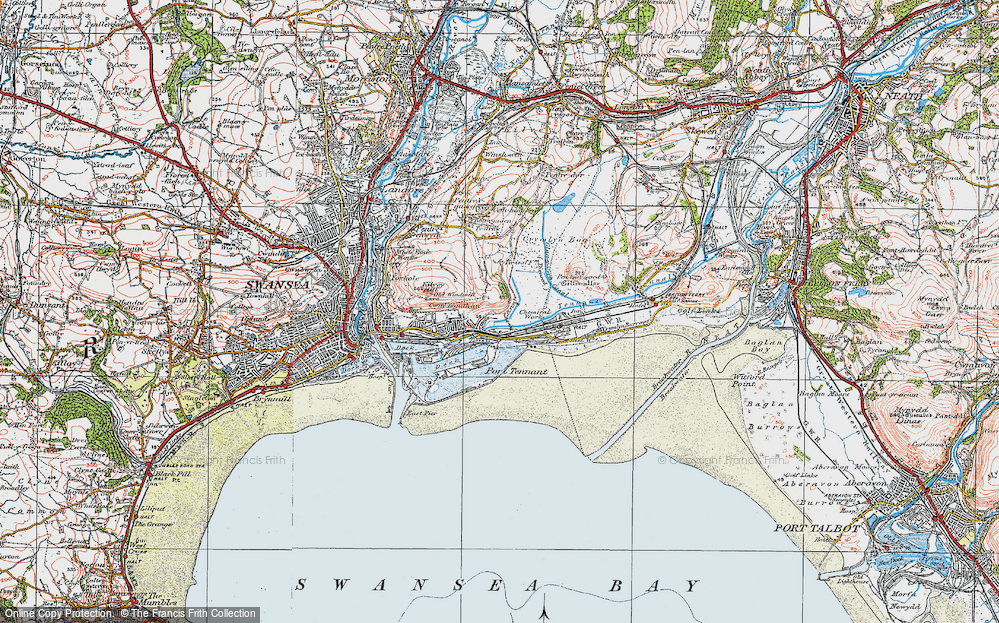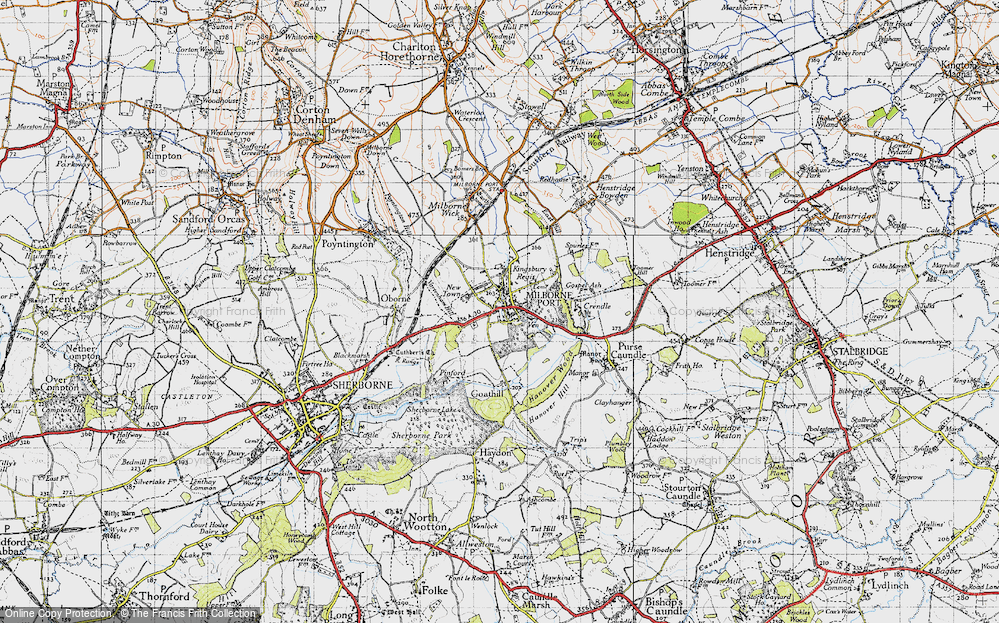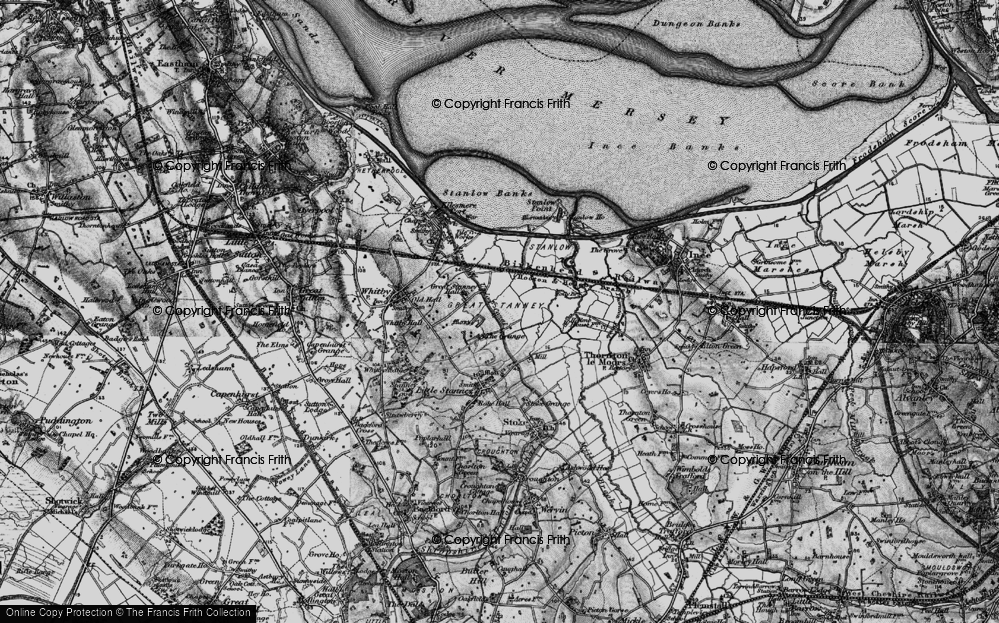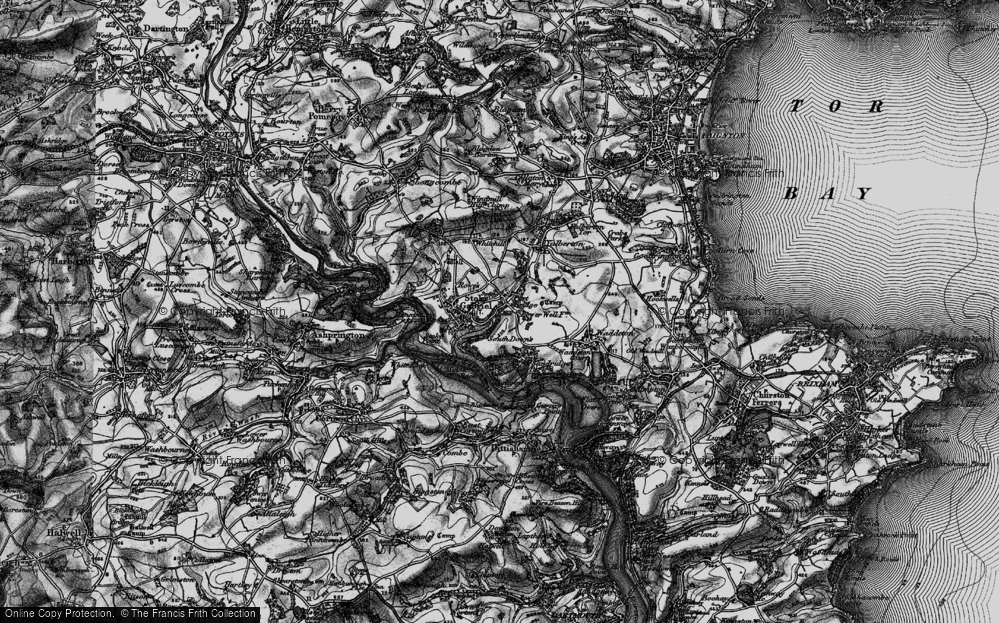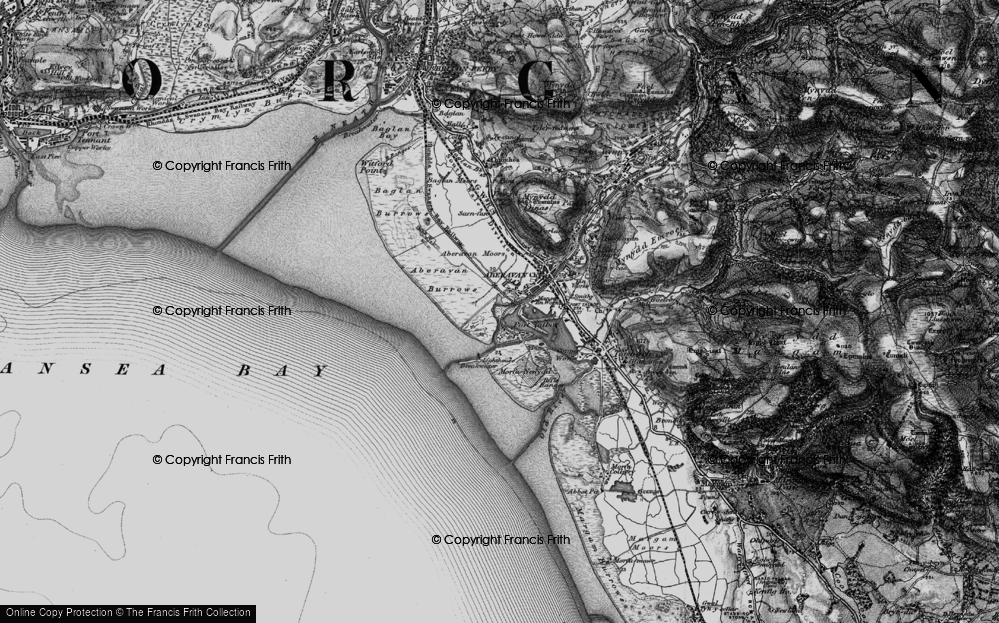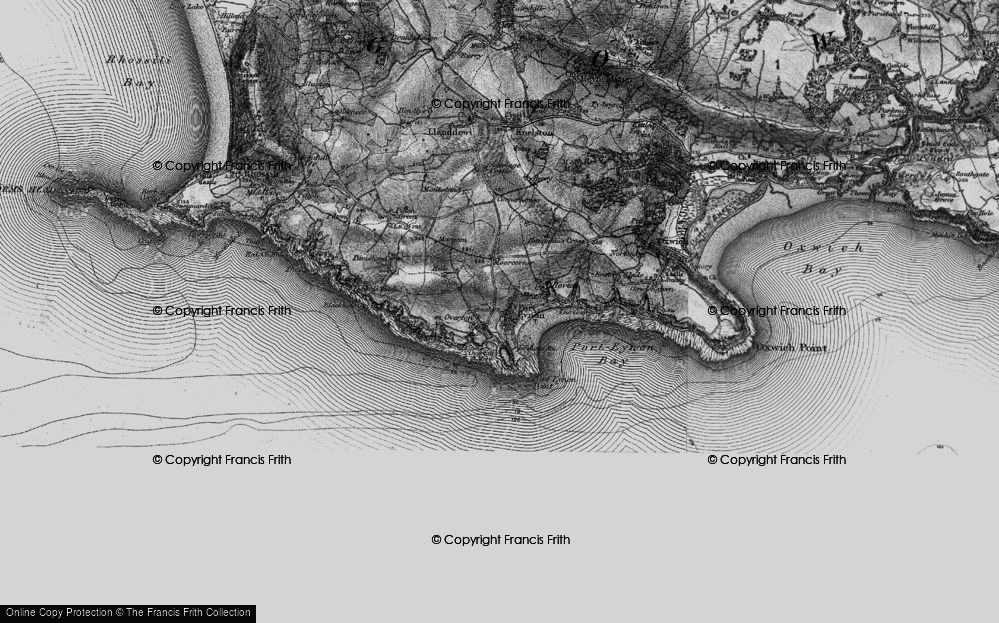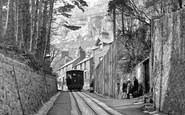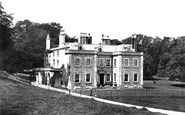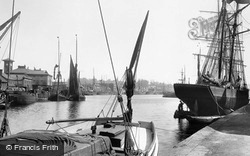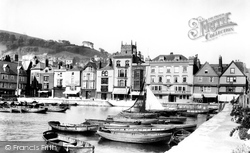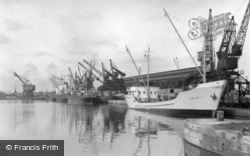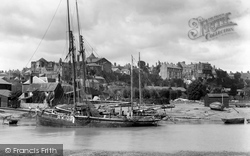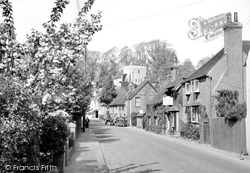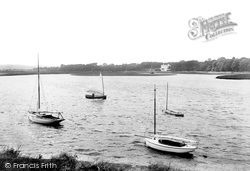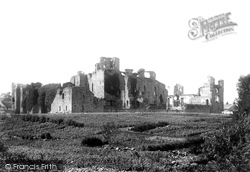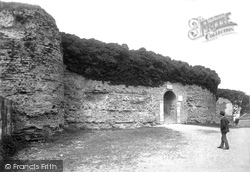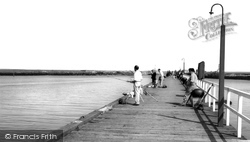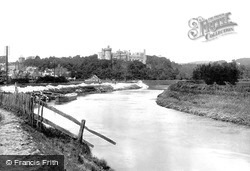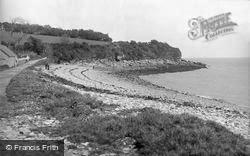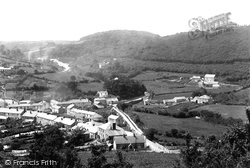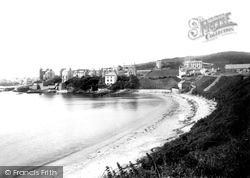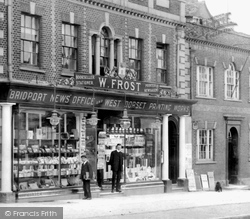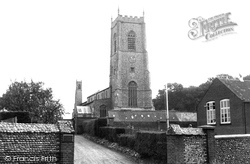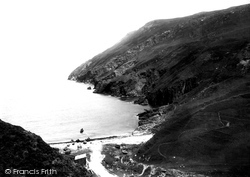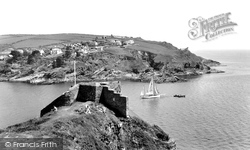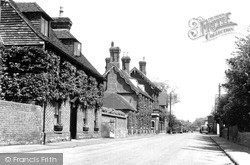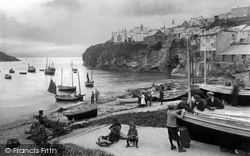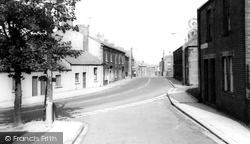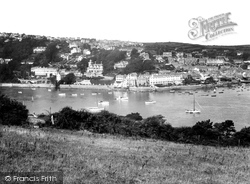Places
Sorry, no places were found that related to your search.
Photos
Sorry, no photos were found that related to your search.
Maps
670 maps found.
Books
4 books found. Showing results 25 to 4.
Memories
1,789 memories found. Showing results 11 to 20.
Memories Of My Family
I was not born when my family lived in Kirkby Green but I have heard my mother tell a few stories of life there. She had a pet trout who lived in the Beck which ran past the back garden. She called him Peter and would go ...Read more
A memory of Kirkby Green by
Daffodils In June
Just a short note: I am writing my first novel due to be published in December. While travelling through Devon recently, I was still stuck for the name of the central character of the book, now I have it, her name is Fenny Bridges Thank you for the inspiration. Dorset Burroughs
A memory of Fenny Bridges by
Mountnessing School
I was at school in the 1940s. I remember a teacher there, I believe he was a Mr Davis. I remember the annual sports, these were held on a field just a short walk from the school. The days of the great snow fall in 1947, ...Read more
A memory of Mountnessing in 1940 by
''tram Crash On Tabor Hill''
On Tuesday, August 23rd 1932 there occurred at almost exactly the same spot from which this photo was taken, the most serious runaway and crash that ever ocurred on the line. Car no. 4 broke away from the haulage cable ...Read more
A memory of Llandudno in 1930 by
Looking Back
I was born in St Peters St, Islington, 1935, bombed out late 1943, with nowhere to go, had a makeshift home in Aloysius College for a time until we were given a place in 4 Montague Road, Honsey, N8, that's where I knew what it was like ...Read more
A memory of Hornsey in 1944 by
Living In North Boarhunt 1965 1968
My parents moved to North Boarhunt in 1964/65. We lived at the top of Trampers Lane - sideways to what was then Doney's Garage. Our house was called "Tryfan". I went to Newton Primary School and have very ...Read more
A memory of North Boarhunt in 1965 by
Growing Up At Coombe Place
My family and I moved to a bungalow at Coombe Place in 1960. My father, Walter Motley, took up the post of farm manager on this 100 acre dairy farm with a herd of Jersey cattle. Coombe Place is set on the side of the South ...Read more
A memory of Offham in 1960 by
Honeymoon
We spent our honeymoon (1951) in Guernsey, and we had a lovely time. Even though it was only six years since the end of the war and the Islanders had suffered badly from the German occupation, we had as much butter and milk as we wanted, ...Read more
A memory of Guernsey in 1951 by
Shotley Bridge Hospital
My father was deputy head porter at the hospital, he worked there for 40 years. When I came out of the Royal Air Force in 1959 I did not work for a few months until early 1960 when my father gave me a job as a porter ...Read more
A memory of Shotley Bridge in 1960 by
As A Child
As a child my life was with the army. Warmwell was a transit camp for some and my father was leaving the Army. We had to live there whilst he looked for work outside the army. My brother went to Dorchester Grammar, as I was much younger ...Read more
A memory of Moreton in 1954 by
Captions
1,058 captions found. Showing results 25 to 48.
Ipswich, at the head of the Orwell Estuary, has been a major port for centuries. When this picture was taken, the port was starting to enjoy commercial success after a long period of decline.
Situated at the head of the Orwell Estuary, Ipswich has been a major port for centuries. When this picture was taken, the port was starting to enjoy commercial success after two centuries of decline.
Ipswich, at the head of the Orwell Estuary, has been a major port for centuries. When this picture was taken, the port was starting to enjoy commercial success after a long period of decline.
Dartmouth has always been a port for adventurers and plunderers. Crusaders gathered here to sail with Richard the Lionheart. Privateers left from the town to plunder French and Spanish ports.
Dartmouth has always been a port for adventurers and plunderers. Crusaders gathered here to sail with Richard the Lionheart. Privateers left from the town to plunder French and Spanish ports.
The port has seen many changes since its beginnings in the mid 1800s.
In the 1190s Rye joined the Cinque Ports federation, a group of Kent and Sussex ports that provided ships for the King's navy in return for enormous privileges.
The village was once an important port on the River Adur. However, large scale silting set in when the sea level dropped and soon the port became redundant through lack of trade.
In 1282, the Countess of Devon, aggrieved with the merchants of Exeter, constructed a weir across the River Exe obstructing access to the city's port.
The stone keep was built in 1170, with the stone curtain walls and improved living quarters being added shortly afterwards.
In the middle ages the port was one of the Cinque Ports, before the sea turned to marshes. The castle was restored in the 1930s: the ivy has long gone.
Before the Great War, Amble was one of Northumberland's smaller fishing ports; the biggest catches tended to be landed at North Shields, Blyth and Newbiggin.
Markets and ports were an important part of the trading network during the Middle Ages. Indeed, by Domesday Arundel was already an important river port.
In the 17th century, Swanbridge was one of the numerous small ports dotted around the Glamorgan coast shipping goods to Uphill and Bristol.
St Blazey is a modest town that sits inland from the port of Par in St Austell Bay.
At this time Port St Mary was still being described as a 'pleasant little fishing port and seaside resort'. The local fishing fleet was, however, in decline.
West Street 1930 This town was a considerable port in the middle ages, but the silting up of its ancient harbour led to a decline in trade.
The small tower at the far end of the church served as a mark for sailors heading for the port: it used to carry a beacon at night.
Nestling between Bradda and the lower slopes of Cronk-ny-Irree-Laa, Fleshwick Bay is less than two miles north of Port Erin and reached by way of Ballaglonney.
Once one of the most important ports west of Bristol, Fowey in 1346 was wealthy enough to contribute 47 ships and over 700 men to Edward III's blockade of Calais.
Now a full mile and a half from the sea, New Romney was, in the 13th century, first among the five Cinque Ports.
Fishing was Port Isaac's living for many centuries, and the staple was, as for so many other Cornish ports, pilchards.
When this picture was taken it is unlikely that anyone thought that the port had only a few years left. In 1846 coal exported from the Tyne ports was just over 3,250,000 tonnes.
In earlier days, this port served clippers on a specialised fruit trade. By the mid 1930s, pleasure craft had achieved greater importance.
Places (0)
Photos (0)
Memories (1789)
Books (4)
Maps (670)


